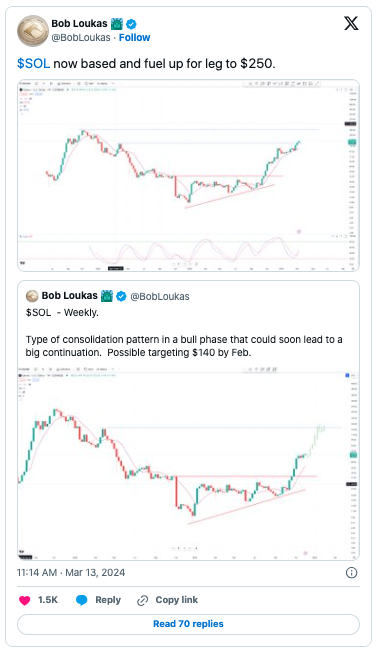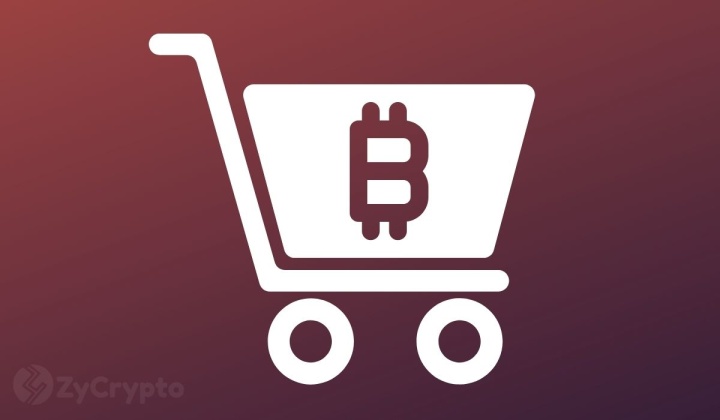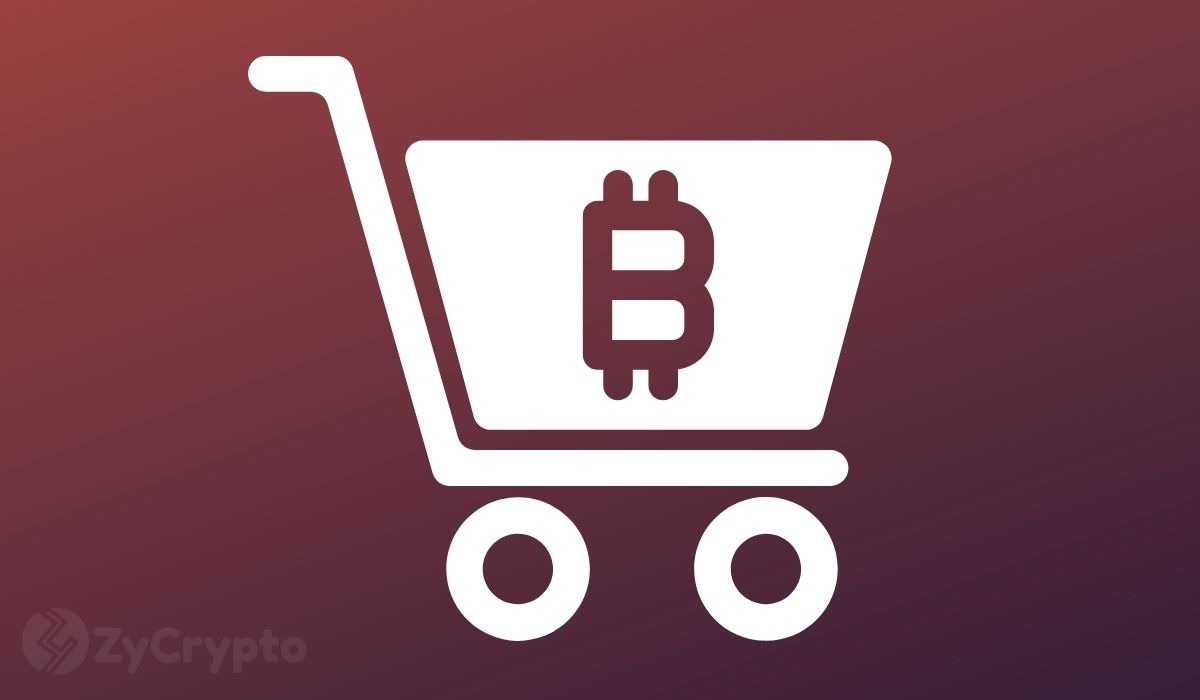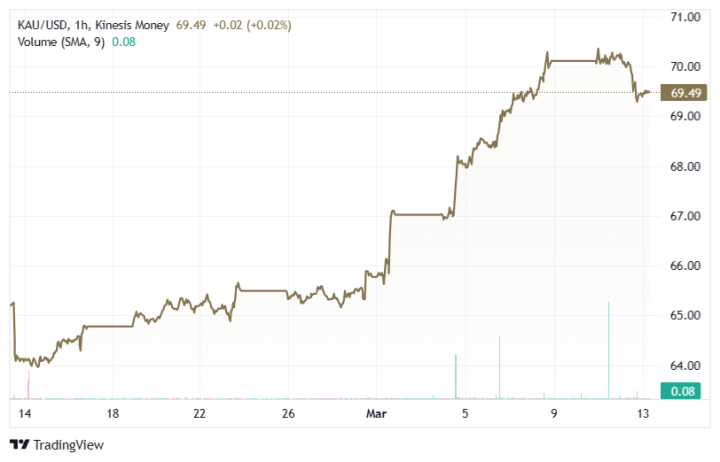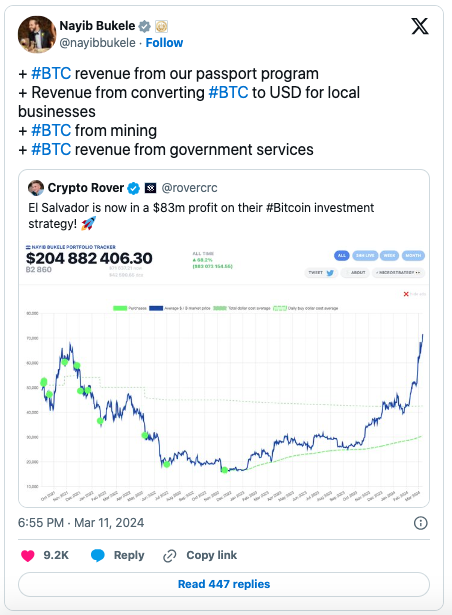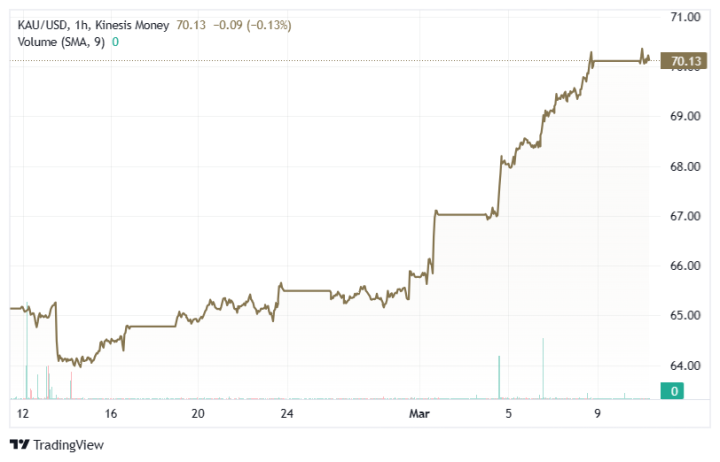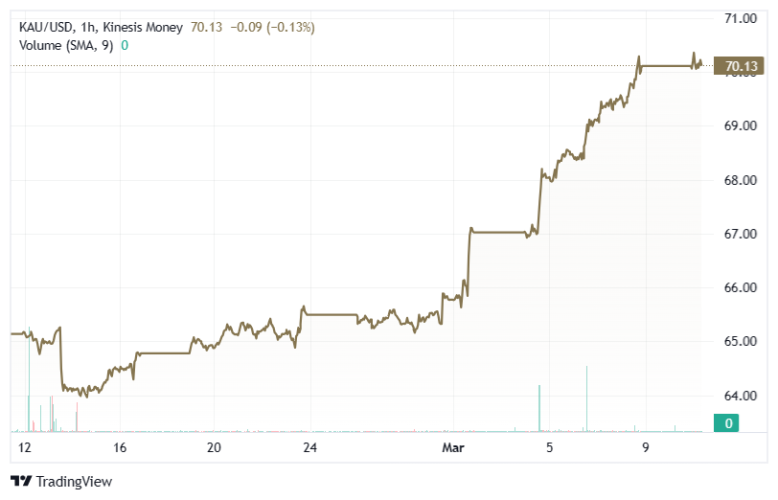
âªBitcoin Slumps Below $67,000 Amidst Crypto Sell-Off, But Solana Bucks The Trendâ¬
By Brenda Ngari – March 15, 2024

In the early hours of Friday morning, a sharp correction wiped billions of dollars from the total crypto market cap, with Bitcoin (BTC) tumbling below $67,000 per coin.
At publication time, nearly all of the top 20 coins by market value had registered 24-hour losses. In a remarkable exception to the rule, Solana (SOL) was up more than 4% during the same time frame.
Why Is The Crypto Market In Red?
Bitcoin has been on a parabolic tear thanks to the huge success of the newly launched spot BTC exchange-traded funds (ETFs). But then, on Thursday, the U.S. Producer Price Index (PPI) numbers came in above expectations, highlighting the persistent nature of high inflation.
Traders interpreted this data as an indicator that the Federal Reserve will not slash interest rates in May â triggering a sell-off of crypto assets and stocks. In particular, Bitcoin shed over 8% of its value in the space of hours, tumbling to as low as $66,858.
The benchmark crypto has since slightly recovered and is trading hands for $67,418 at press time. But it’s considerably below the $73,737 record high it reached yesterday, CoinGecko data shows.
Another thing denting Bitcoin’s price? Roughly $400 million worth of BTC was moved by Grayscale to its custodian, Coinbase, and Arkham Intelligence data was revealed today. The digital asset manager started moving its BTC to Coinbase for selling after it transformed its flagship GBTC fund to a spot BTC ETF. In January, Grayscale was offloading massive amounts in crypto assets, at one point shifting over $2.1 billion in just days to Coinbase. This caused significant bearish pressure on the price of Bitcoin.
SOL: A Beacon Of Green
Major altcoins Ethereum (ETH), Ripple’s XRP, Cardano (ADA), and Dogecoin (DOGE) also lost 8%-13.4% in the last 24 hours.
However, Solana’s native token SOL showed relative strength amid the sudden crypto market retreat, posting its highest price in 26 months before the slump. Nevertheless, SOL was up 4.8% on the day, making it one of the best-performing assets.
The crypto was recently trading for $173.06, still some 32.6% lower than its 2021 November all-time high. But traders expect a continued upsurge for SOL, suggesting a $250 target price is achievable.
SOL’s surge can be attributed to retail demand for trading Solana-based meme coins such as dogwifhat (WIF), a token that recently saw a meteoric rally.
DISCLAIMER: None Of The Information You Read On ZyCrypto Should Be Regarded As Investment Advice. Cryptocurrencies Are Highly Volatile, Conduct Your Own Research Before Making Any Investment Decisions.
The original article written by Brenda Ngari and posted on ZyCrypto.com.
Article reposted on Markethive by Jeffrey Sloe
** Get secure funding for business projects in the USA and around the world. Learn more about USA & International Financing at Commercial Funding International. **
Tim Moseley

